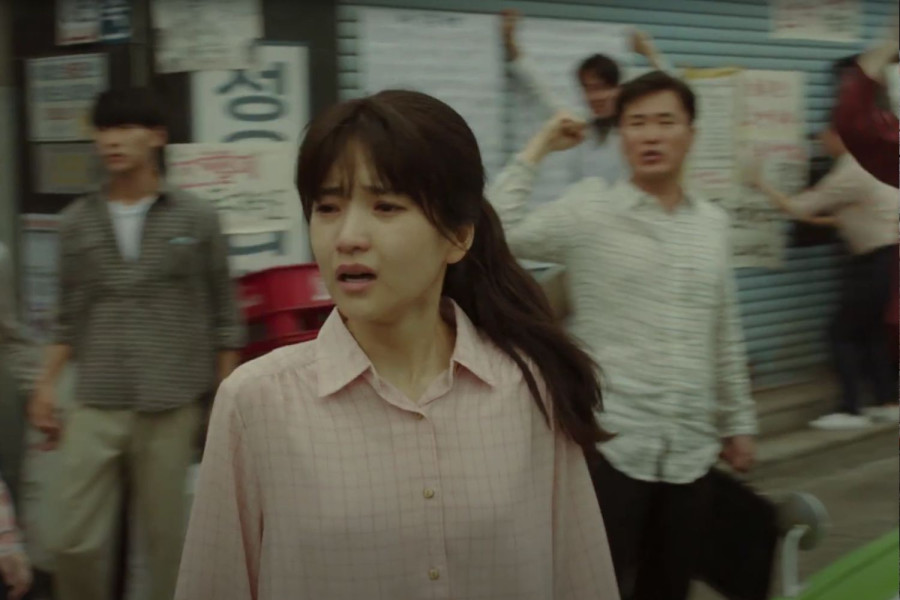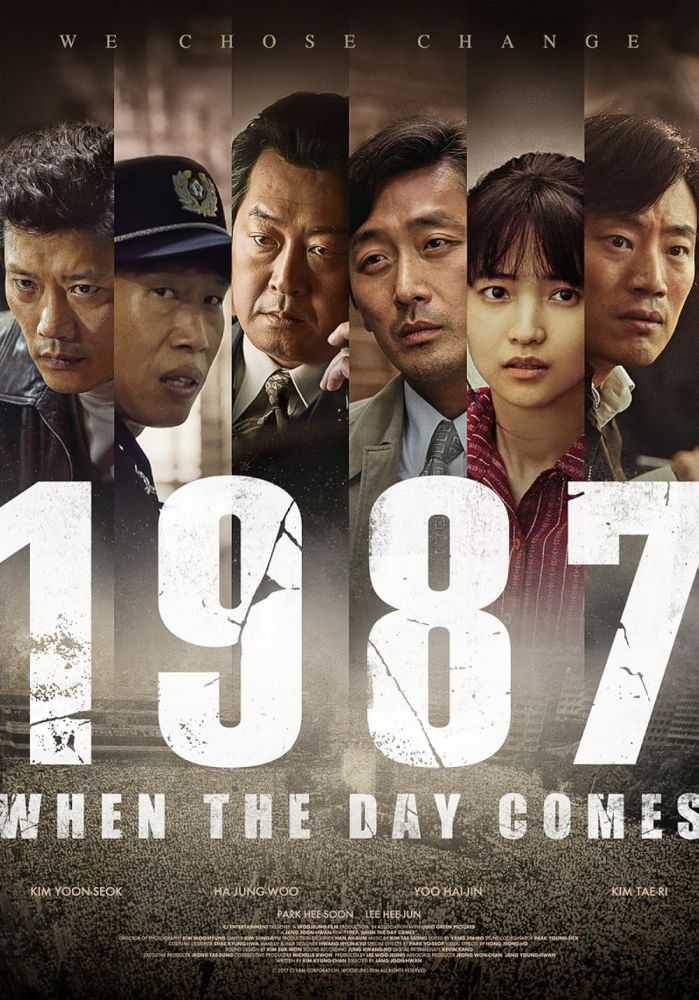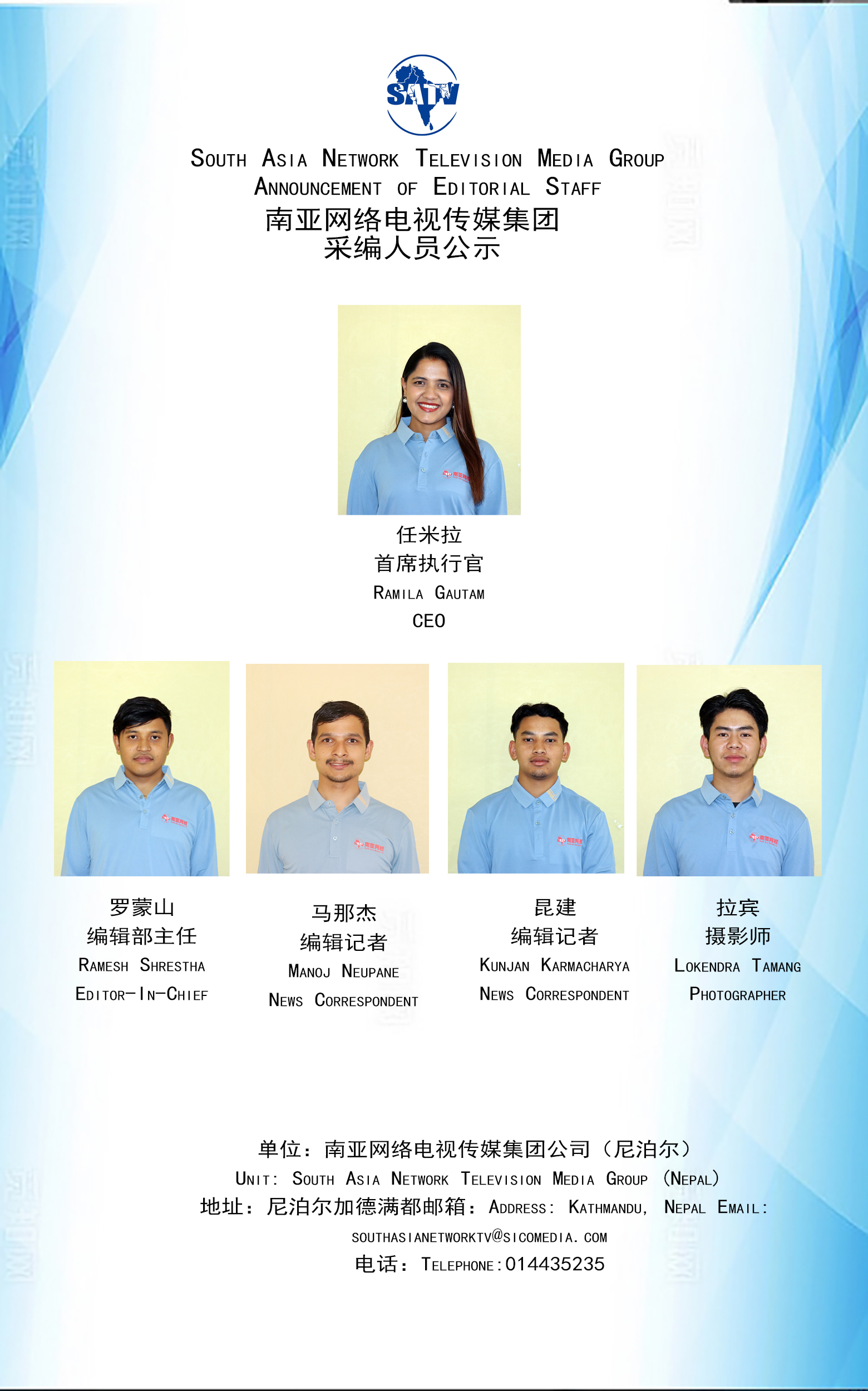
SATV Kathmandu Oct 15: History can be thrilling, and ‘1987: When the Day Comes’ is one such film. Jang Joon-hwan’s 2017 masterpiece transforms a turbulent moment in South Korean history—the death of student activist Park Jong-chul and the ensuing June Democracy Movement—into a cinematic testimony of courage. This movie captures how one tragedy, one silenced voice, and one photograph can ignite a revolution that reshapes a nation. After this era, Korea leapt forward rapidly, becoming a beacon of democratic progress and cultural vitality.
As a Nepali, the film struck painfully close to home. The protests erupted in South Korea in 1987 mirror the September 8, 2025, demonstrations in Nepal—youth-led movements demanding truth, freedom, and accountability from the government. Though decades apart, both moments show that the struggle for democracy often begins with a cover-up, a silenced voice, and a journalist brave enough to reveal it.
Freedom, we realise, is not inherited; it is continuously defended. It is hard to believe that Korea’s transformation happened only 38 years ago. Seeing how far they’ve come makes one wonder: Can we hope the same for our country? Will Nepal change for the better?
This film is an astonishing study in the aesthetics of repression and resistance. Jang constructs his world through cold bureaucratic interiors, dimly lit interrogation rooms, and sterile offices that contrast sharply with the luminous, chaotic energy of the streets. The camera’s colour palette shifts from the muted greys of control to the warm, almost sacred yellows of candlelight vigils.
The contrast visualises what the German cultural critic and philosopher Walter Benjamin called the “aura” of truth—the light that emerges precisely where darkness tries to reign. Each composition feels deliberate: typewriters clatter like ticking bombs; smoke from tear gas merges with the breath of chanting students. Through such imagery, Jang situates us not merely as observers but as moral participants in the unfolding crisis.
The film’s emotional peak arrives during the student activist’s cremation. Snow falls silently as his ashes, meant to flow freely into the river, remain still—stuck in cold water, unable to drift. The father kneels, his trembling hands mixing the ashes into motion. It is a haunting moment of frozen grief, symbolising a nation unable to move on until truth is set free. This visual metaphor captures the essence of collective mourning: ashes that refuse to move become a mirror for a society trapped under the weight of its own silence.
Later, we see another image that lingers—the shoes stained with blood, left behind in the aftermath of the protest. They are ordinary shoes, yet they speak volumes. Shoes, by nature, hold the memory of their wearer; to see them empty is to confront the cost of change. In Nepal’s September 8th protest, too, similar images circulated online—abandoned sneakers, blood on pavement, scattered belongings of those who never made it home. In both countries, those shoes tell the same silent story: that democracy is built not on words, but on lives.
One of the most heartbreaking aspects of 1987—and of any political uprising—is how the evil of a few destroys the many lives of the innocent. It always begins with one person’s lust for power, and to carry it out, they find enablers who silence, torture, and deceive. The machinery of oppression needs only a handful of obedient hands. Yet, as the film shows, it is always the honest and ordinary citizens who pay the heaviest price. Ironically, many of the film’s senior actors who play villains were themselves protestors in real life. Their performances carry an added weight—a reflection on complicity, redemption, and memory.
What distinguishes ‘1987’ from other historical dramas is its treatment of journalism as both narrative engine and moral compass. The film reminds us that truth is never a neutral act; it is an act of defiance. The journalists who expose the torture case operate under intense censorship and risk imprisonment or worse. They are threatened, followed, and silenced—yet they persist. Their typewriters and notebooks become weapons more powerful than batons. Watching these scenes, I was reminded of the journalists in Nepal’s September protests—those who filmed police brutality, documented deaths, and continued reporting. Across decades and geographies, it’s always the same story: when governments fear the people, they first attack the press.
In 1987, censorship took the form of black ink and state-controlled headlines. In Nepal, it manifests through internet shutdowns, confiscated cameras, and online harassment. Different tools, same fear. The reason is simple: journalism is the bridge between the oppressed and the world; it turns private suffering into public conscience. In both South Korea and Nepal, journalists were not merely documenting history—they were risking everything to ensure history could be written at all. The cost of journalism, then, is not just professional; it is deeply human.
From a visual-cultural lens, the depiction of reporters sneaking files, priests hiding documents, and newspapers leaking truth becomes an act of cinematic rebellion. The medium mirrors the message: cinema, like journalism, bears witness. The film’s long tracking shots and the restless camera movements embody the pulse of investigation itself—an eye that refuses to blink, even when faced with horror.
‘1987: When the Day Comes’ ultimately transcends its setting. It’s not just a Korean story; it’s a universal one. Every country, at some point, has lived its own version of ‘1987’—a year when truth was criminalised, when students bled for freedom, and when journalists became the first casualties of conscience. It’s tragic how history repeats itself, but there’s hope in that repetition: each time, new generations rise to claim what’s rightfully theirs.
This film makes you proud—even if you’re not Korean—because it reminds you that the human spirit is borderless. It invites empathy across nations, urging us to see ourselves in others’ revolutions. It’s one of the most powerful films out there, not just for its craft but for its courage. In a time when truth is again under attack around the world, ‘1987: When the Day Comes’ stands as both art and warning: history may not repeat exactly, but the cost of silence always does.

1987: When the Day Comes
Director: Jang Joon-hwan
Cast: Kim Yoon-seok, Ha Jung-woo, Yoo Hae-jin, Kim Tae-ri, Park Hee-soon and Lee Hee-joon.
Duration: 129 minutes
Language: Korean
Year: 2017
Available: Netflix














